Blog #118 Catching The Stars
Blog #118 Catching the Stars
I’ve recently returned from an absolutely amazing trip to Kitt Peak National Observatory, in Tuscan, Arizona. There, along with The Harbour School students, and professional astronomer guides, we learned about the sun, the stars, and the telescopes used to capture the light from these and other distant objects. In preparation for the trip, I taught a one week crash course on digital photography to this group of about a dozen middle schoolers prior to leaving from Hong Kong.
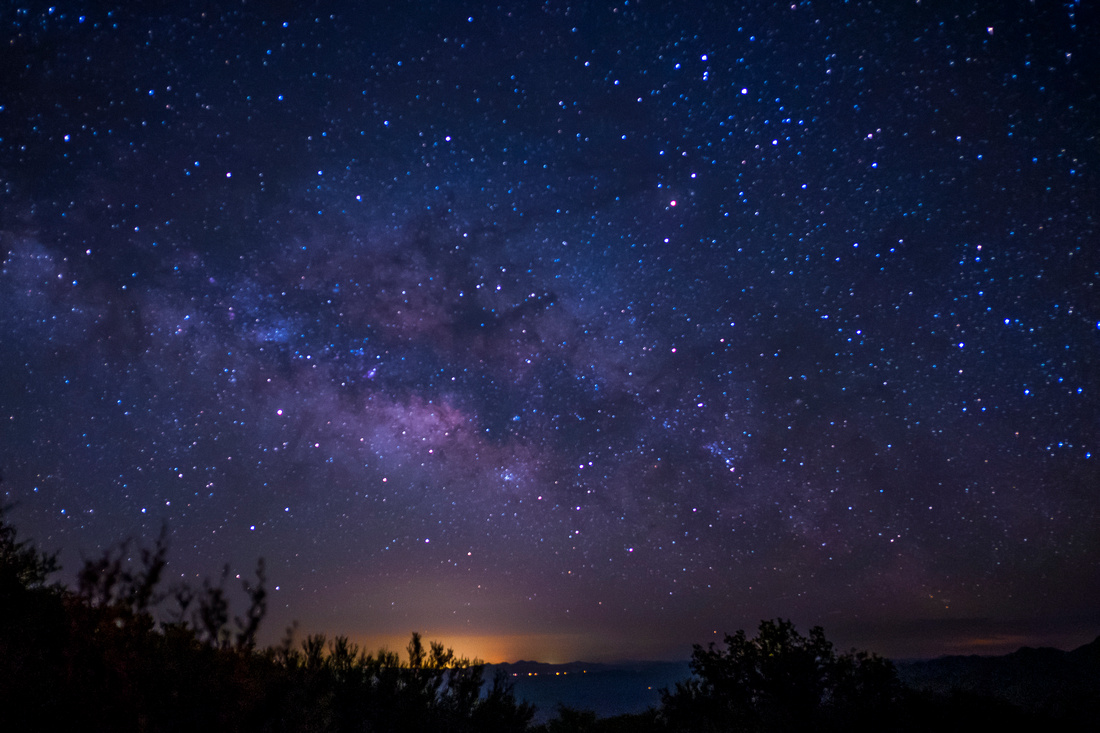

Our mission was to capture the stars in the night sky. This was not going to be just any night sky mind you. Kitt Peak is about one 100 clicks west of Tucson in the middle of the desert on the top of a mountain 6875 feet high, to be exact. The light pollution is close to nil and the 12% relative air humidity makes for minimal light [photon] distortion between your eyes [camera sensor] and the stars emitting those photons.
The settings would be relatively simple but specific for shooting the Milky Way:
- Place the camera on a tripod
- Aim upwards while keeping a sliver of the horizon in the lower section of the frame [for reference although this is optional and based on your compositional preferences].
- Focus to infinity
- Set the ISO to 800, 1600, or 3200. 1600 usually works well.
- Set the shutter speed to around 20 seconds. At longer shutter speeds, the stars will change from nice circular dots ( ● ) to dashes ( - ) as the rotation of the earth will move the camera [sensor] in relation to the stars. Star trails require longer exposure times [more on that later].
- Use the timer or remote shutter release cable to make the picture so that you do not bump or shake the camera for the sharpest image possible.
- Check the image, adjust as needed, and repeat.
For Star Trails, there are a few ways to accomplish this and the results are super cool. You can follow the steps above until you get to #5. Instead of making a 20 second exposure time image, you can set the camera to “Bulb” mode and make a continuous image for as long as you like such as one hour or longer. Just leave it and the light from the stars will “burn” into your sensor as they travel around the sky in what looks like a circular “orbit” around Polaris, the North Star.
Another technique is to set the camera to “Continuous” burst mode, and using a remote shutter release [cable] and 30 second exposure time, release the shutter and make around 50 + images. The benefit to this technique is that you can remove a few of the 30 second frames if there is an airplane or cloud that enters your frame. You will need a software program such as StarStax to dump and stack the images into afterwards.
In summary, we had a blast, and the images speak for themselves. If you try this, remember to be safe, use a red light, and dress appropriately for the weather since it’s usually quite chilly, yes, even in the middle of the desert, in June!
The light is always right.
jhg
*Images: © Jeremy H. Greenberg
Where: The Known Universe, Milky Way Galaxy, viewed from Planet Earth, USA, Kitt Peak National Observatory, Tucson, Arizona
Subject: Milky Way Galaxy, and a slice of the sky containing billions of stars, galaxies, and various planets and other objects such as binary stars, quasars, red giants, super novas, and black holes,
Gear: Fujifilm X-E3 digital mirrorless camera, Fujifilm 18mm f/2.0 XF R WideAngle Lens, Samyang 8mm f/2.8 Fisheye II Lens, 180º Angle of View, Fujifilm RR-90
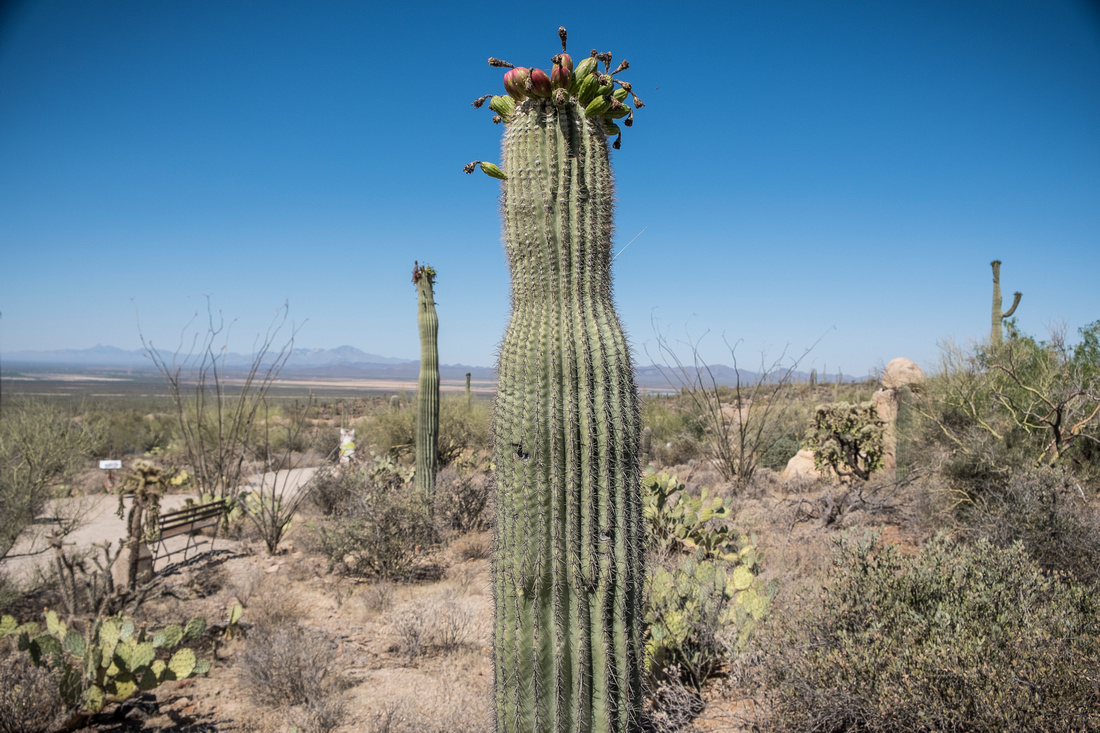

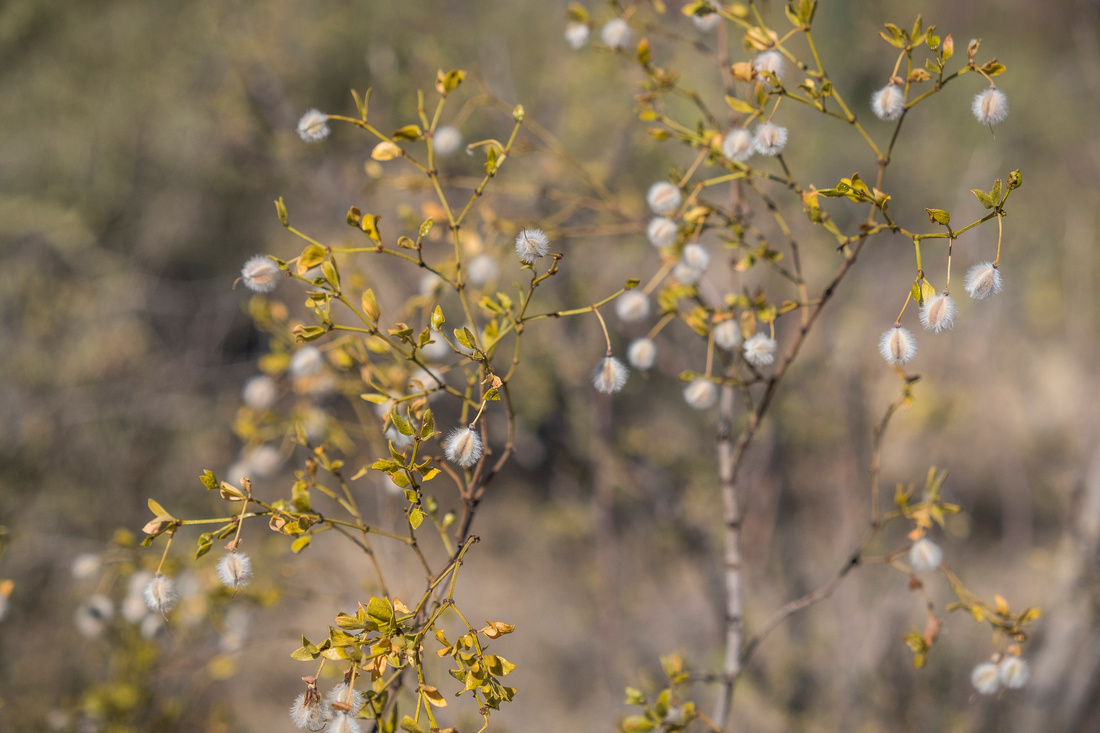

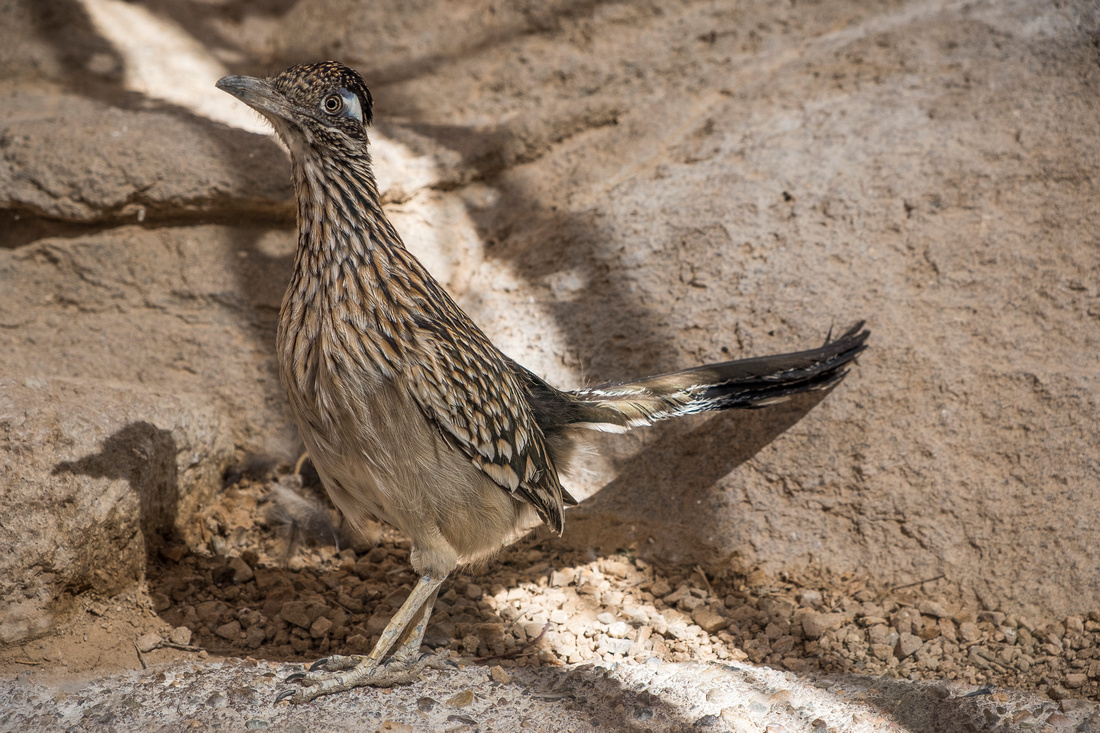



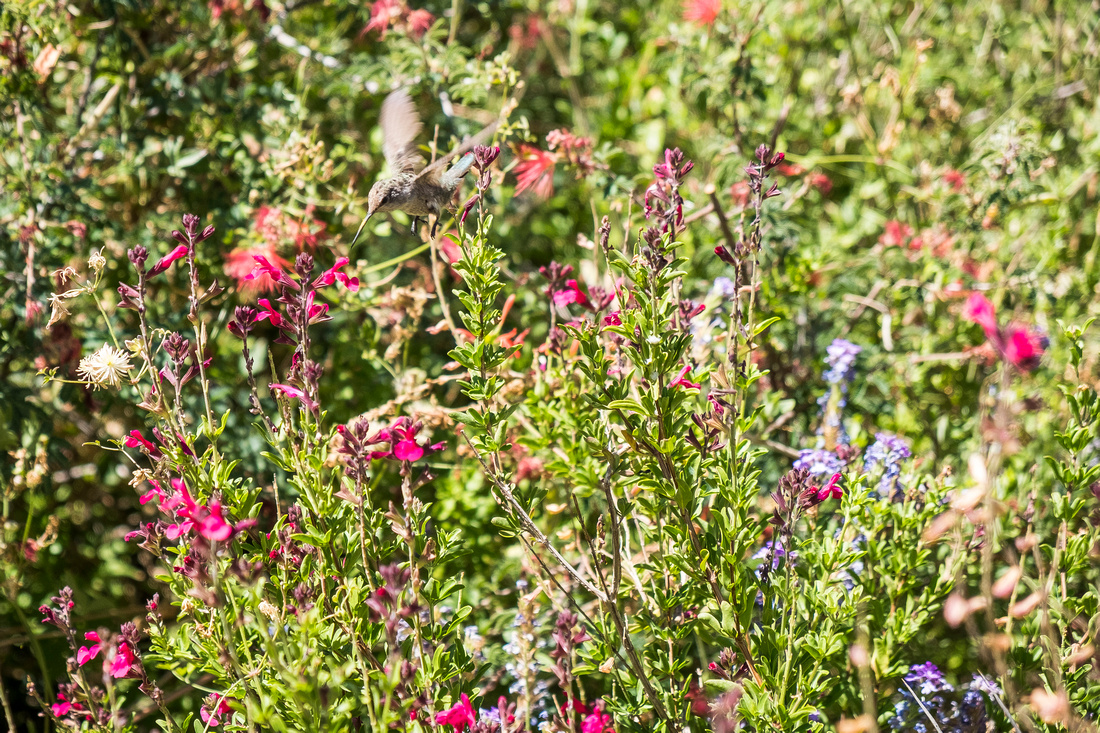

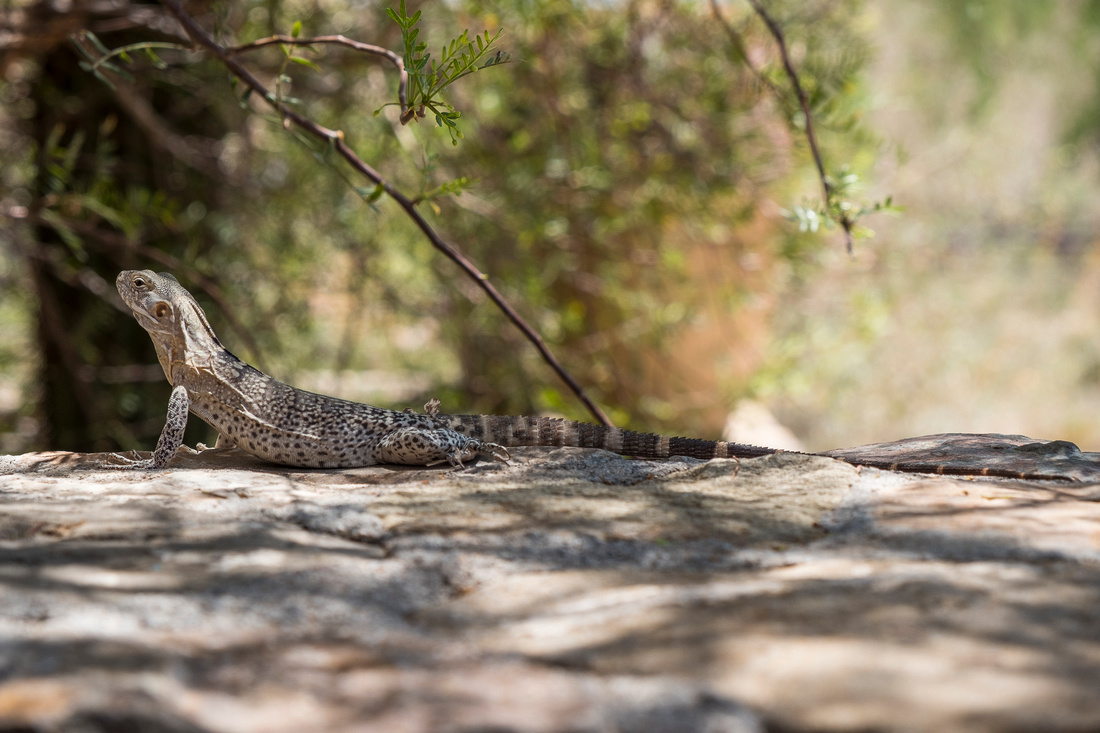

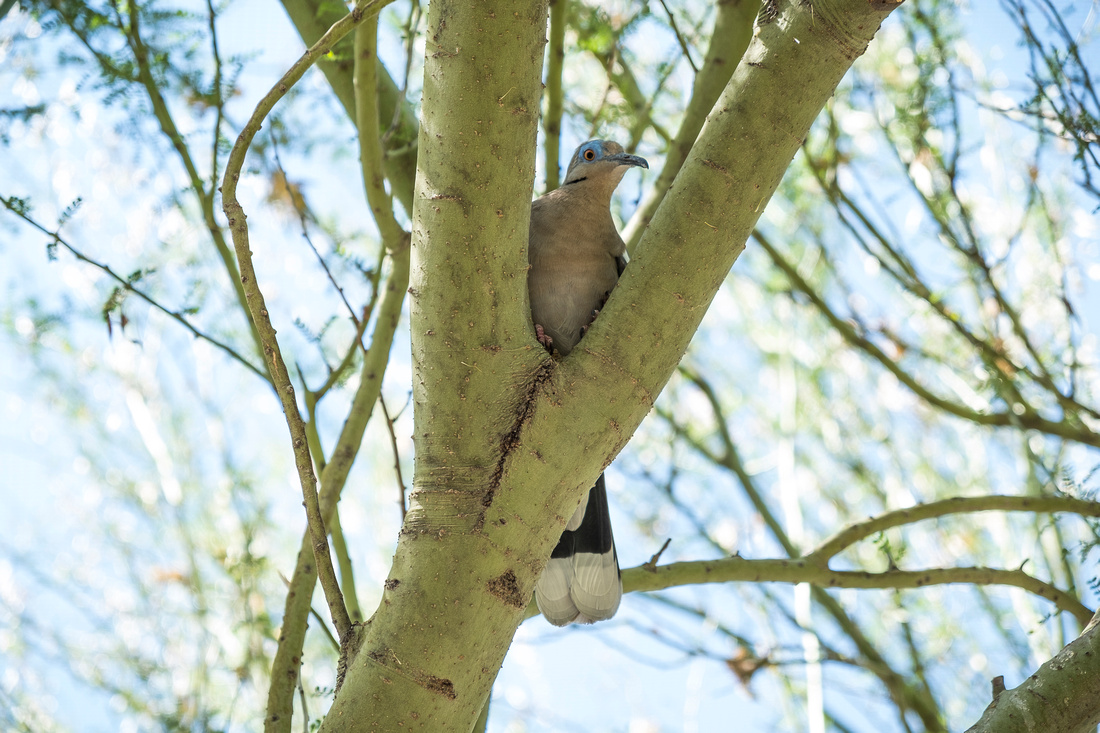

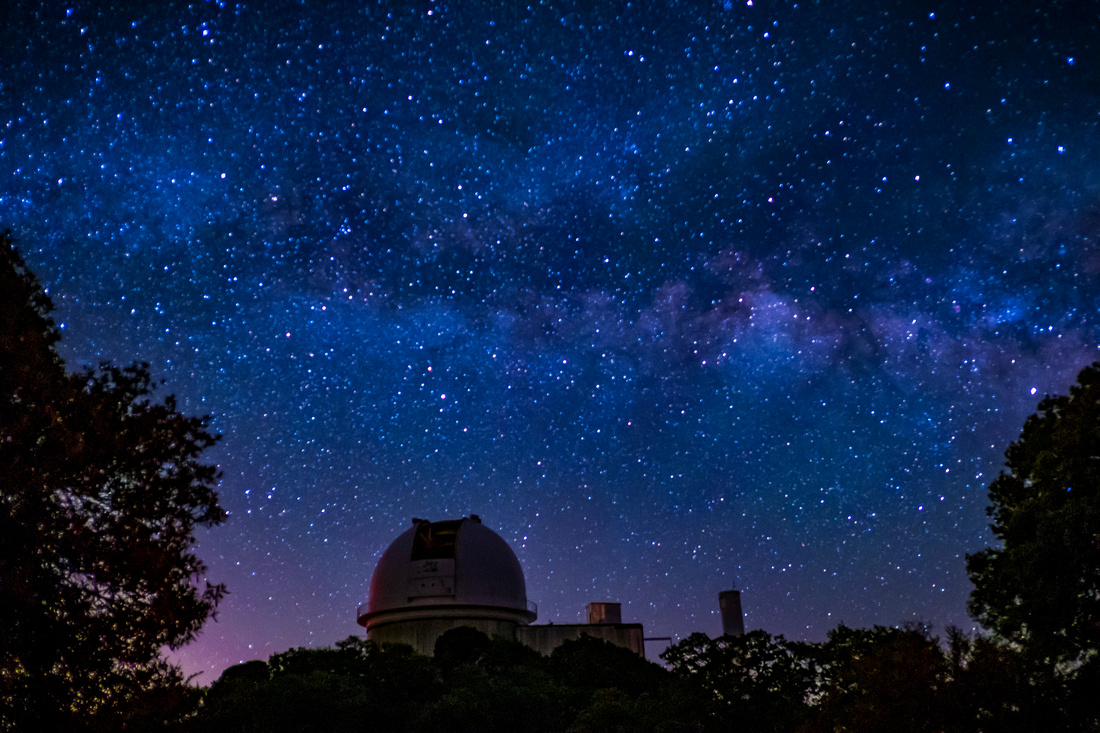

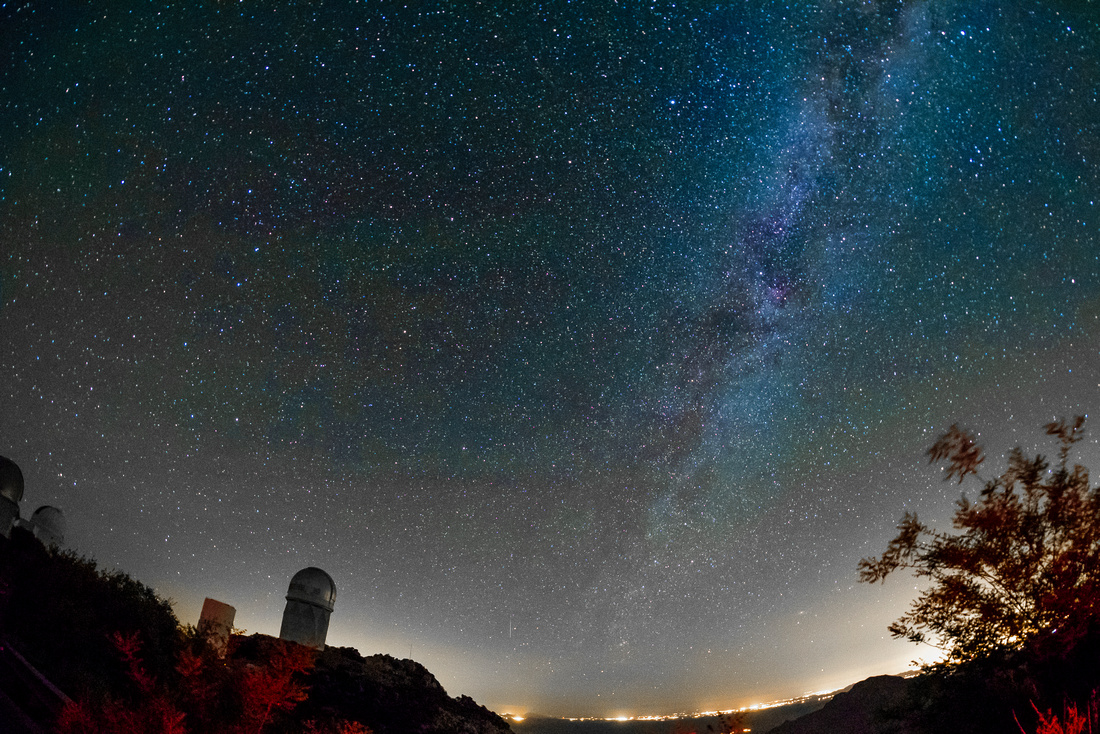

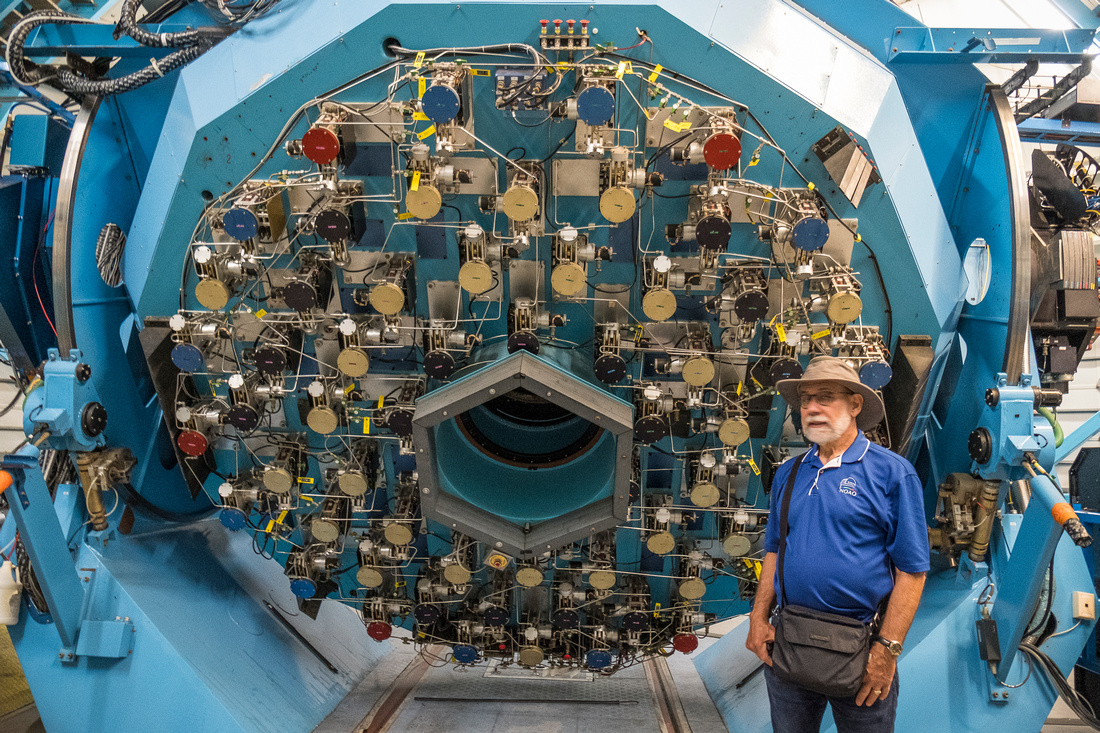

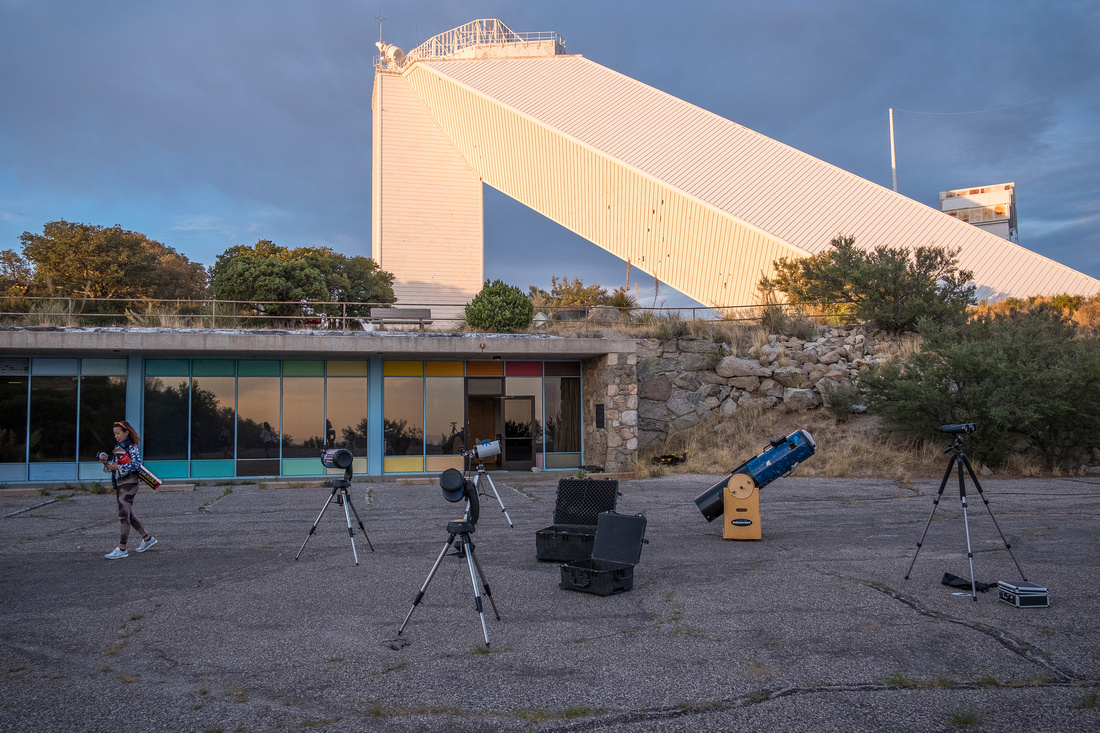

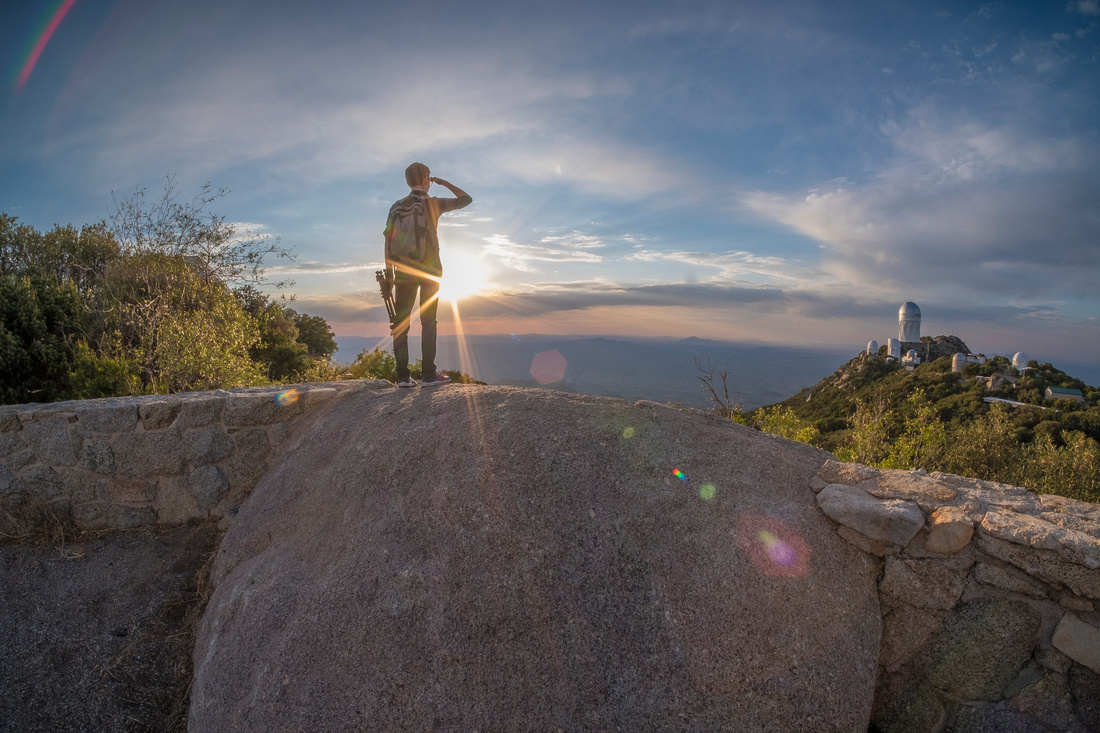

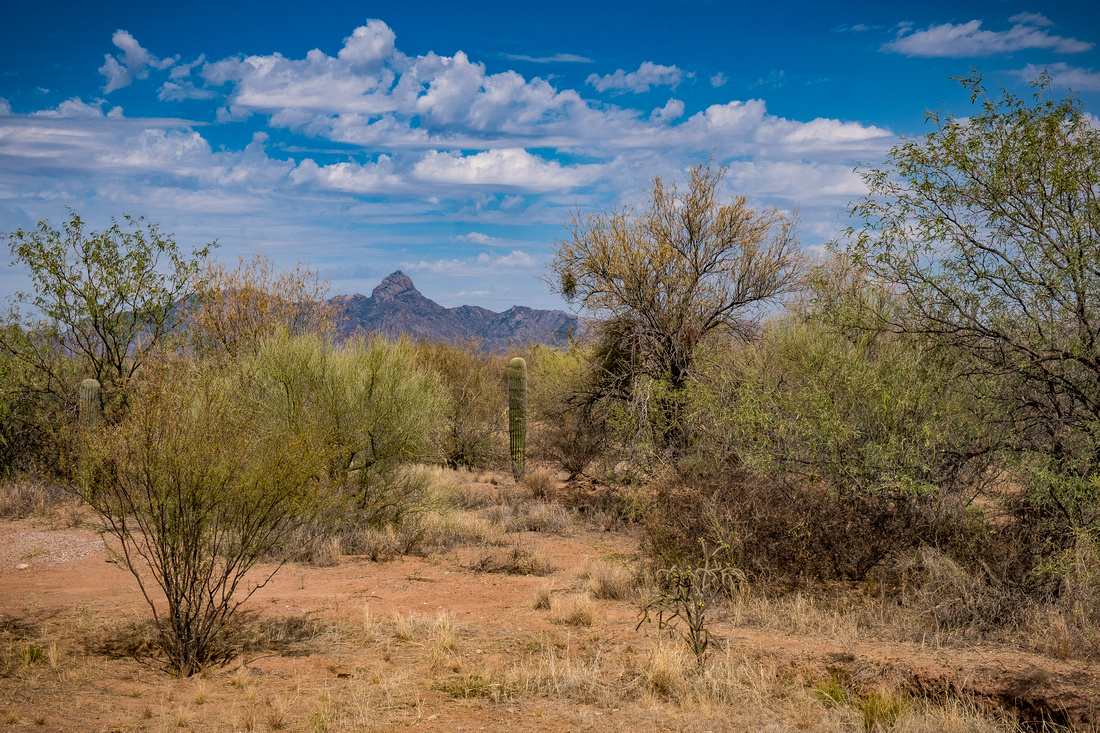

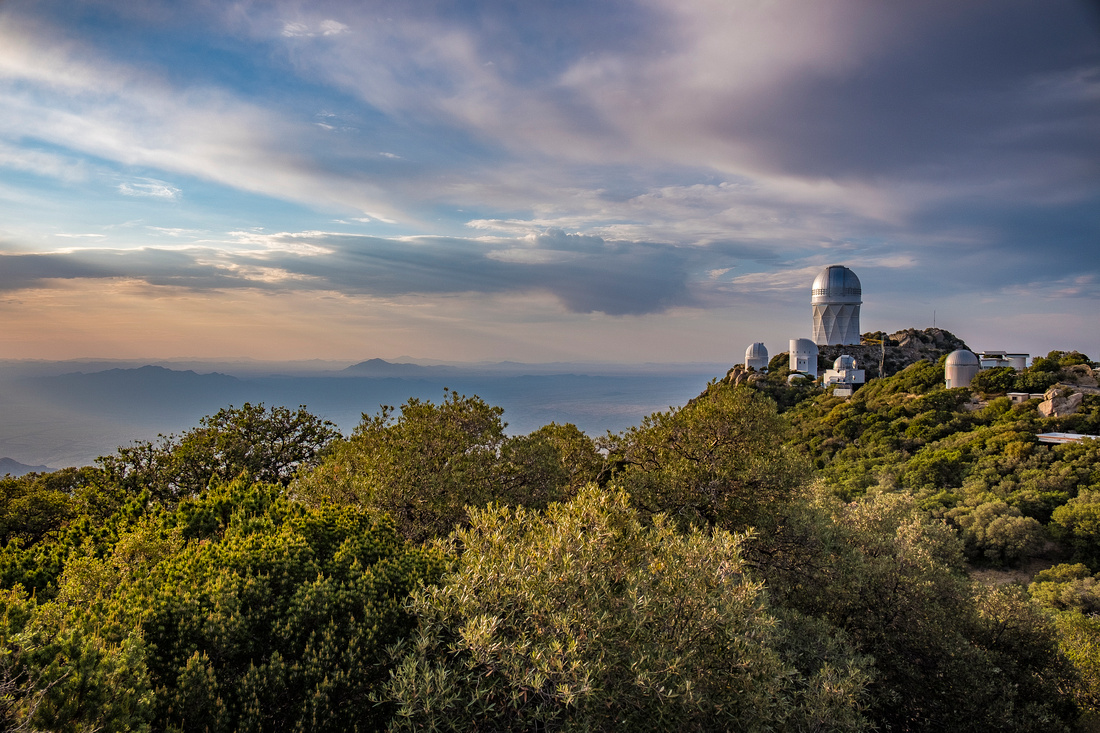

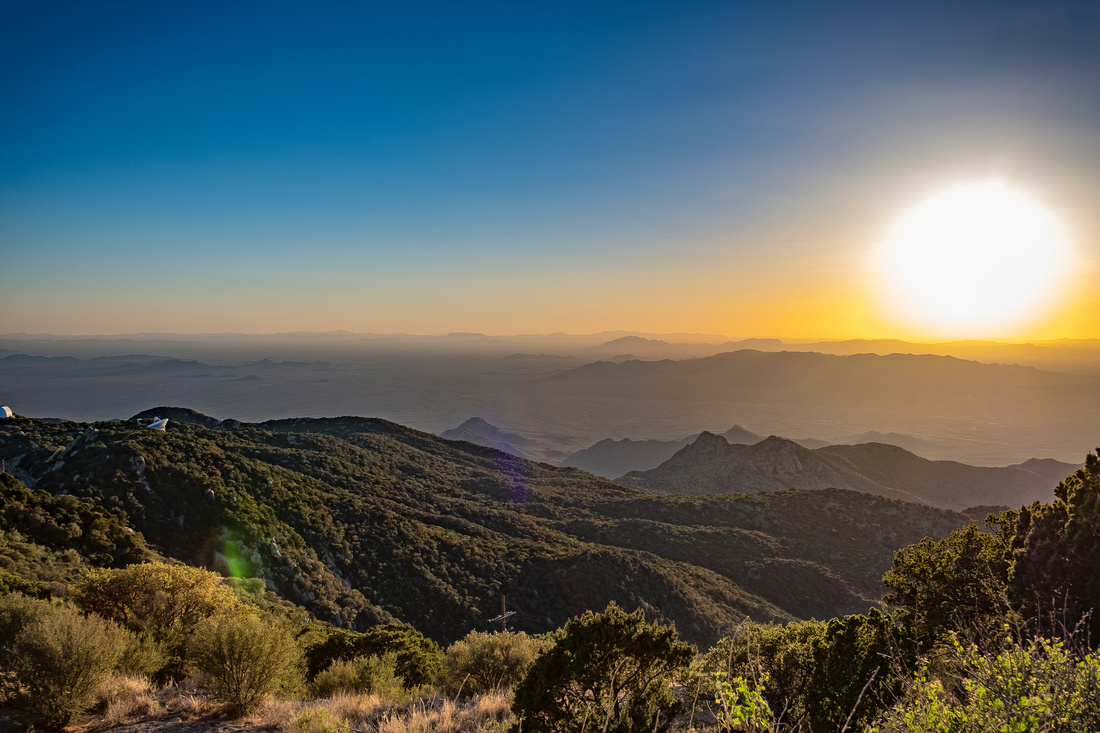



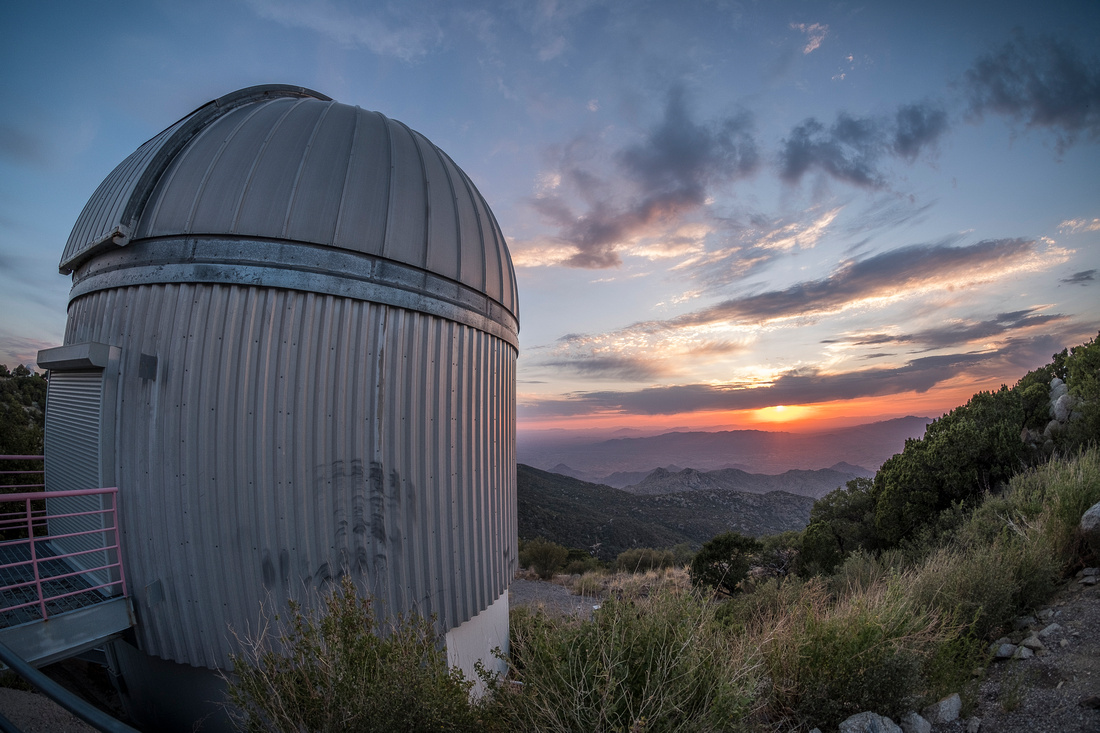

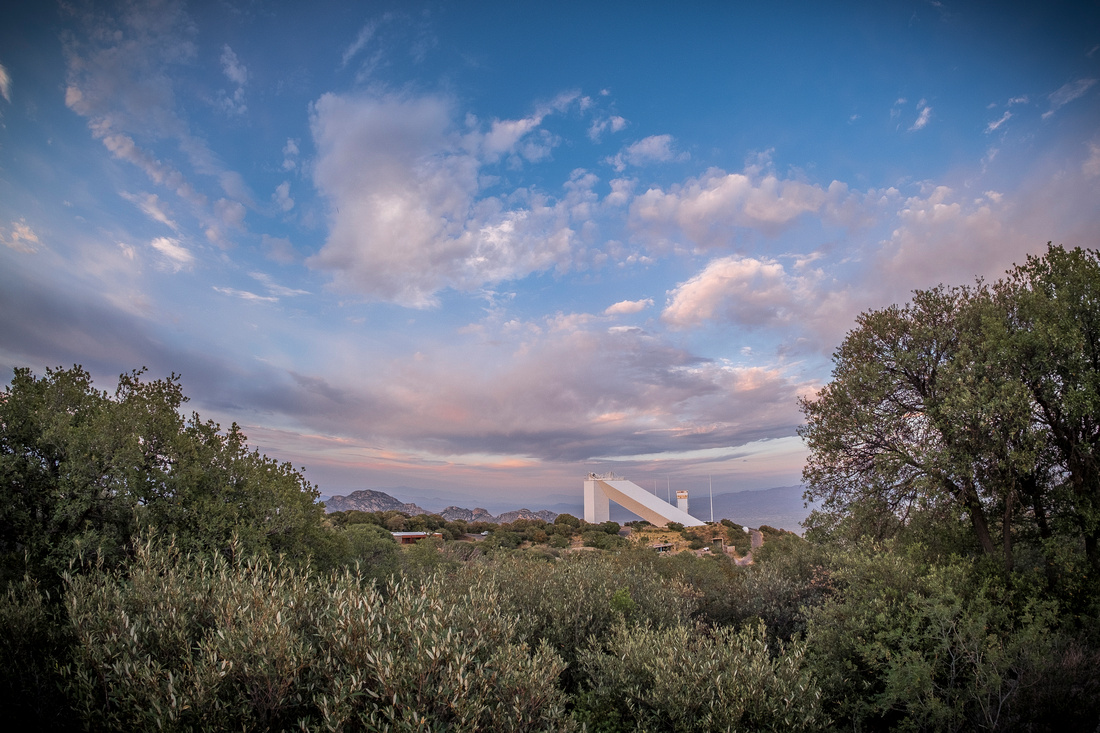

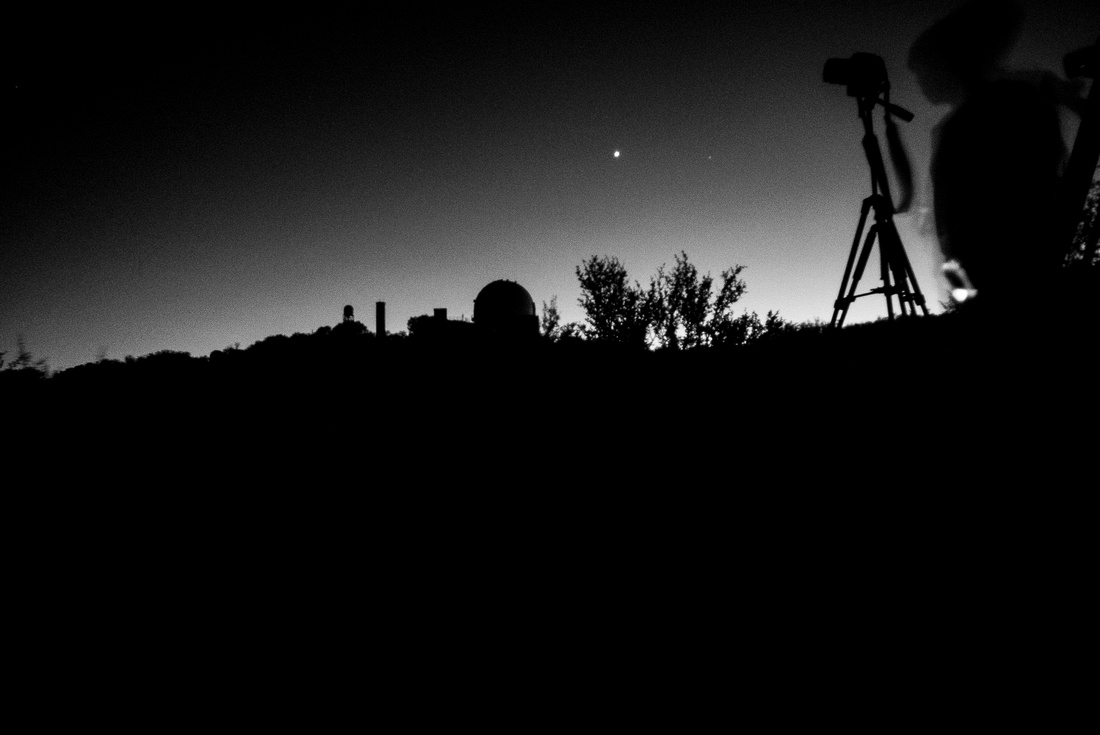

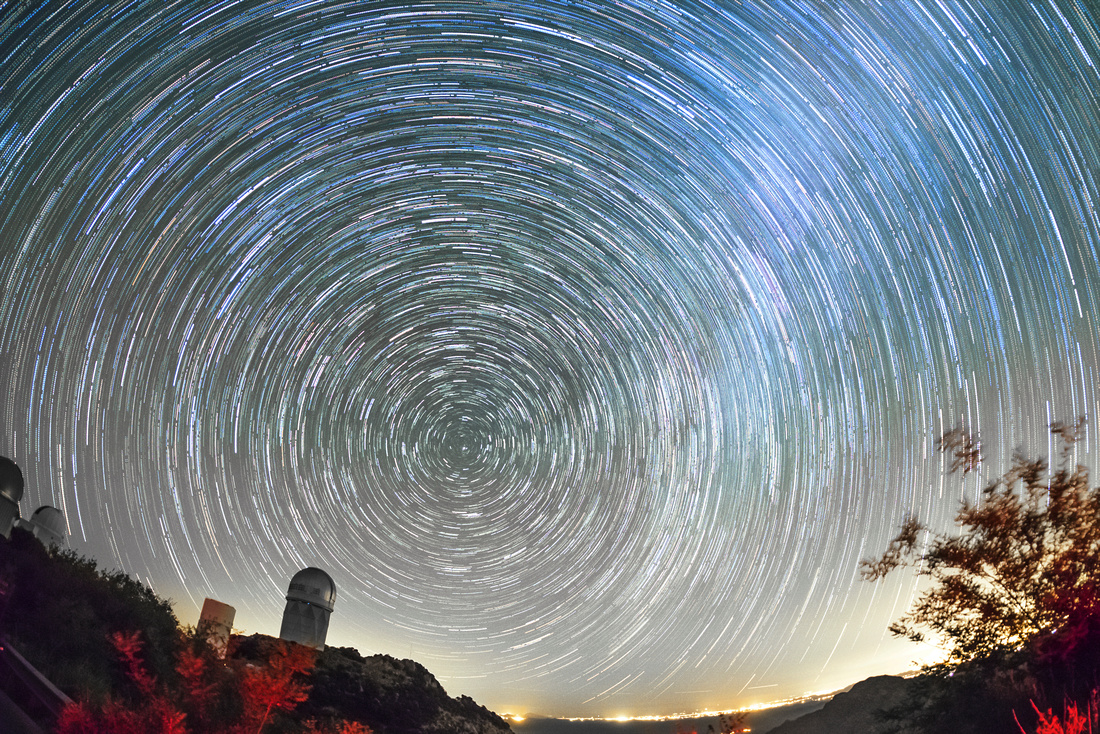

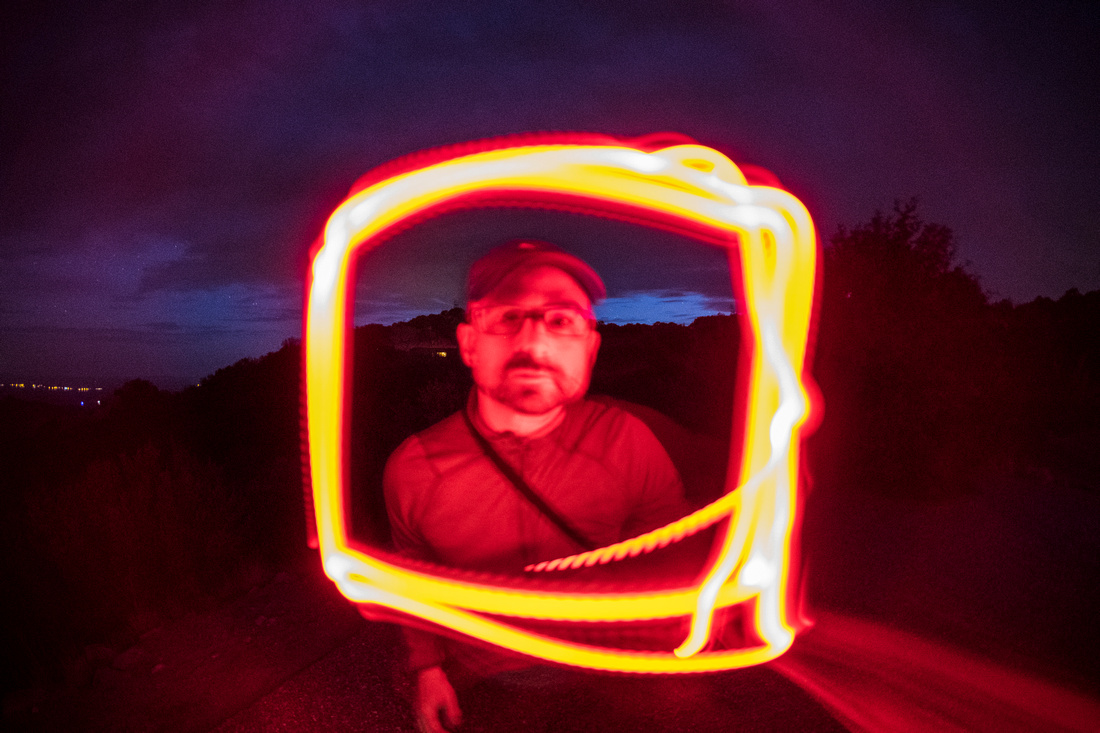
 Remote Release , MeFoto RoadTrip Air Travel Tripod
Remote Release , MeFoto RoadTrip Air Travel Tripod
National Geographic Travel Photographer of the Year 2017 Editor’s Favorite: Galleries: Week 4 Cities & People
Casual Photophile Tip & Techniques No. 001 The Subject is the Subject
The Inspired Eye Photography Magazine Issue #40 (full interview)
Hong Kong Free Press: HKFP Lens
Blog #18 Criticizing Photographs or Beyond the “like”
Blog #25 Don’t Be Afraid of the Dark[room].
Blog #47 Composition, Composition, and More Composition
Blog #65 Summer is for Travel (Hanoi)
Blog #67 Risks, Rules, & Restrictions
Blog #68 Photography is a Gift
Blog #72 Living the Creative Life
Blog #90 Restrictions, Revisited
Blog #93 Photographic Technique
Blog #105 Signs, Signs, Everywhere a Sign